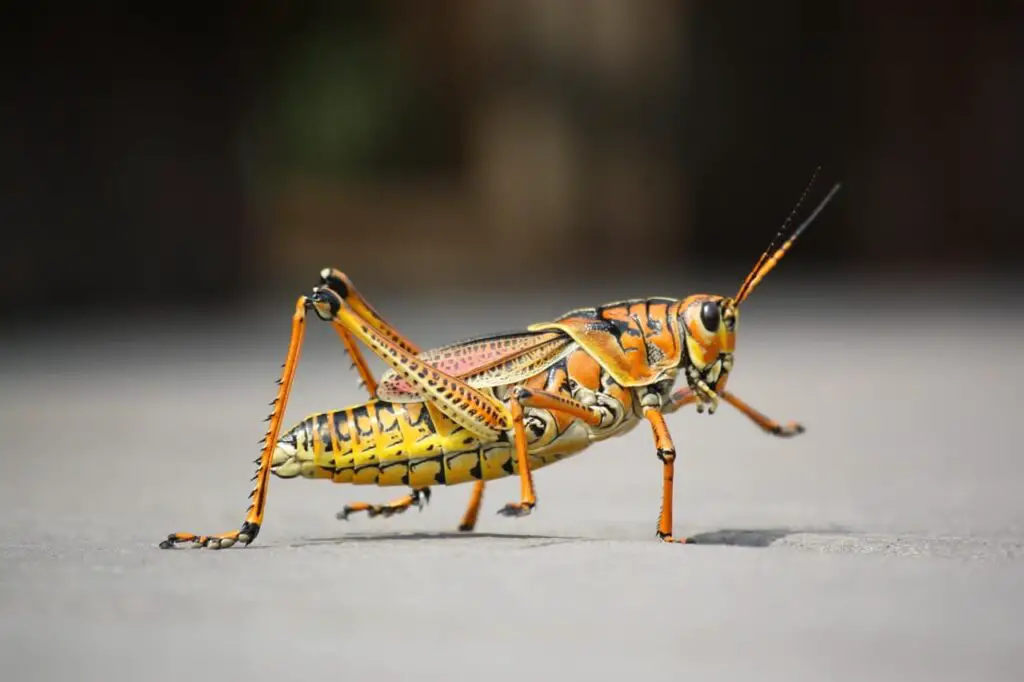Picture 11,000 known species of grasshoppers catapulting their way through fields and meadows all over the world. .These medium to large insects grow between 2 to 5 inches in length. They have wings which help them migrate away from cold weather. While one lone grasshopper may not be too much of a problem, a swarm of locusts (which are members of the same insect order) can devastate crops and defoliate landscapes. Luckily, there are a number of natural predators that can help control grasshopper populations. Read on to learn more.
[ez-toc]

What Animals Eat Grasshopper?
Grasshopper predators vary somewhat depending on where the grasshoppers are located. However, there are plenty of natural predators who regularly dine on this high protein food source. Grasshoppers compensate for the number of predators they encounter, grasshoppers lay multiple eggs. This allows for the occasional swarming of these ravenous insects. A general list of animals that eat grasshoppers includes:
- Birds: Birds love to eat grasshoppers, and will even find the ones hiding in in interesting locations (one of the techniques grasshoppers use to protect themselves). Crested flycatchers swoop down from their perches to snatch grasshoppers hidden in tall grasses. Chickens peck away at them. Other birds that dine on grasshopper meat include: wild turkeys, blackbirds, blue birds, blue jays, horned larks, kestrals, and hawks.
- Mammals: Raccoons enjoy dining on grasshoppers found in dandelion and other asters. Opossums, big brown bats, red foxes, and least shrews chomp on this tasty treat as they wander through mullein plants–tall spikes with yellow rosette flowers. Rodents, like the carnivorous grasshopper mouse, include grasshoppers in their diet. The grasshopper mouse is particularly ferocious, as it eats almost anything, and isn’t swayed by venom. For that reason, this mouse won’t even be swayed by the grasshopper species that spits liquid as a defensive mechanism. Even the occasional coyote will sometimes take advantage of this plentiful and healthy snack.
- Insects: In an insect eats insect world, smaller insects often fall prey to larger insects. This means that grasshoppers sometimes fall prey to Chinese mantis. Centipedes enjoy a protein-filled snack of grasshopper flesh. Other insects that choose to prey on grasshoppers include: beetles, wolf spiders, dragonflies, field crickets, and carpenter ants. Sometimes, especially after they have devoured all the vegetation around, grasshoppers turn cannibal and dine on one another.
- Reptiles, Amphibians, and Fish: Box turtles also like to eat grasshoppers that shelter in mullein plants. American toads prefer to catch their grasshopper meals in crabgrass. Green snakes, garter snakes, and ring-necked snakes slither through Queen Anne’s lace plants to swallow their grasshopper meals. Even largemouth bass get into the action if a grasshopper wanders too close to the water’s edge.
- Humans: We’ve already mentioned that grasshoppers are full of protein. They have become a regular part of the diet in places like Africa, Asia, and the Americas. They can be prepared in many different ways: dipped in honey, boiled, dried, sun-dried, or even skewered and covered with spices.
As you can see, grasshoppers have a long list of enemies, and yet they still thrive and can eat there way through much needed crops. They can eat half their body weight in food each day, The females can lay 300 eggs in a season, so there is no real risk that grasshoppers will disappear any time soon, even with all these predators. However, you might be interested in ways to control your own grasshopper populations. Read on to discover some possibilities.
What birds eat grasshoppers?
We’ve already listed several species of birds that dine on grasshoppers. Some other birds that also help control the grasshopper population include: cardinals, oriole, and swallow. How do you attract these helpful feathered friends to your garden for some natural grasshopper reduction? Here are some suggestions:
- Create a landscape that provides cover and lots of areas to nest in.
- Include a water feature of some sort. Birds are especially attracted to moving water.
- Provide food even when they are hunting insects: a quality seed blend and suet cakes attract a wide variety of bug-eating birds.
What insects eat grasshoppers?
In addition to the insects we’ve already mentioned, blister beetles larvae prey on grasshopper eggs. While this may help control the grasshopper population, adult blister beetles can also harm crops. They also have a toxin which can cause painful blisters, especially if accidentally ingested. Adult robber flies will prey on grasshoppers in the summertime. Other flies develop as internal parasites, eating grasshoppers from the inside out.
Welcoming great black wasps
Personally, I am not sure which is worse, running into a great black wasp or a grasshopper. Still, great black wasps are actually excellent garden helpers when it comes to keeping the population of grasshoppers down.
A single female black wasp can eat up to 16 grasshoppers a day. Wasps sting their grasshopper prey three times, paralyzing it but keeping it alive. Then it drags the grasshopper into their underground nests. Females lay eggs directly into the stomach or underneath the prey insect, keeping it alive the whole time. Eventually, as the eggs hatch, the larval wasps feed on the grasshopper until they are big enough to leave the nest and the cycle continues. Sounds pleasant, doesn’t it? Still, female black wasps are the only ones that sting, and their sting is painful but not harmful. They are also pollinators. And, sometimes, after they have captured a grasshopper, other animals take advantage like catbirds and sparrows. Put that altogether, and great black wasps are truly benefits to the environment. These might be the perfect guests to keep grasshoppers away from your gardens and crops.
